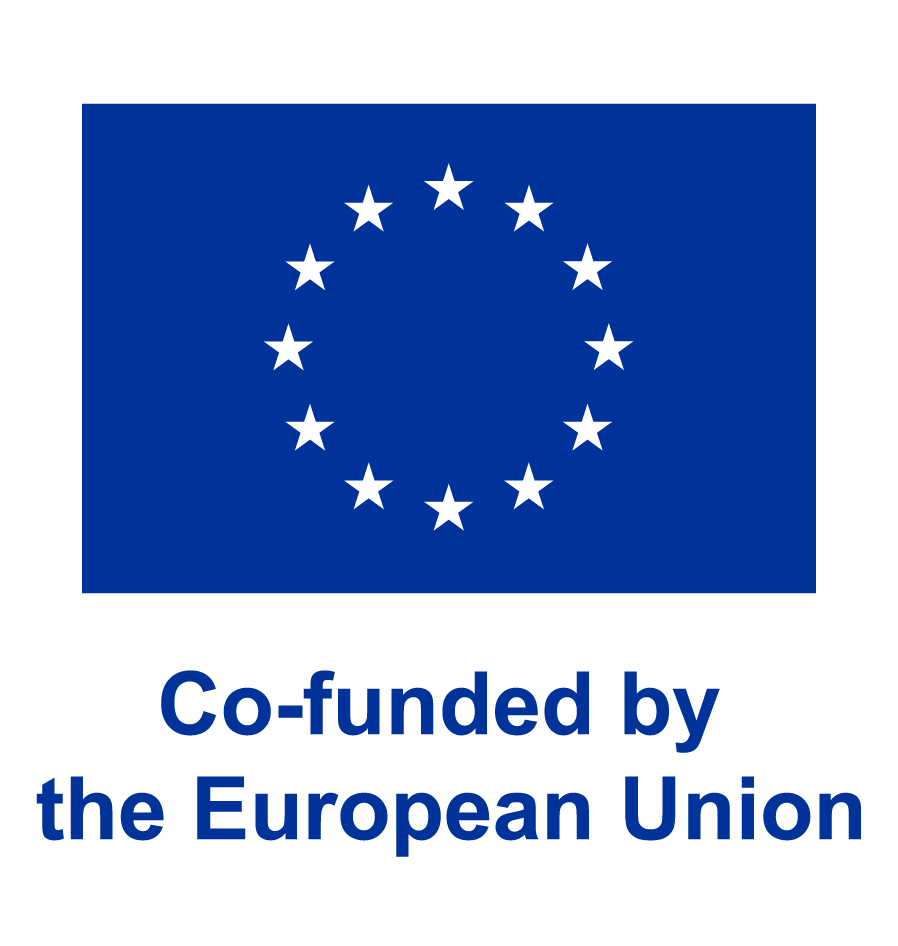HYBRID LAB
The Hybrid Lab research leverages and builds on the work in Transdisciplinary Design Networks of Professor Biscoe at DAE: an approach where networked XR environments are seen as essential future tools for geographically dispersed collaboration (design, engineering, education…) and the fostering of transdisciplinary approaches to resolving wicked system of systems challenges.
Furthermore, the project benefits from – and further supports – the Trans Realities Lab (TRL) that has been developed by Professor Biscoe and his team at DAE. The TRL fuses technologies and approaches from fields such as games design, virtual film production, performing arts, systems integration, and hybrid approaches to design, to create a hypermediated research environment where we examine how XR and Al can foster new methodologies to support collaborative practice across disciplines and geographies.
Networked XR is the realisation and use of immersive (and non-immersive) XR environments across geographically distributed nodes wherein engagement of the participants is considered and perceived contextually as real-time.
The approach and objectives of Networked XR may be popularly compared to that encompassed by the term “metaverse”. However, whereas the “metaverse” is a science-fiction concept whose definition is currently being fought by many industry players ( one where there is no solid definition as to what it might be or could conceivably be implemented as given both existing technological and scientific constraints), networked XR is built on solid technological underpinnings and a appreciation of what can be achieved within the laws of physics (such as latency due to the speed of light!).
If we were to compare such networked XR environments to the idea of a “metaverse” then the Hybrid Lab project would actually be closer to something like an “intraverse”. Whereas a “metaverse” might be considered open and accessible to all regardless of location, an “intraverse” is a more probable model for many real-world industry and academic scenarios, one where a specific set of functionality is provided to a specific set of users.
The findings of the Hybrid Lab research project are expected to be equally applicable to many areas of design, engineering and other fields of practice, ones where the ability to share and collaborate in networked immersive environments with 3D/4D visualisations across realities is a burgeoning requirement. Not only can such environments offer more frequent interaction between partners that may not have otherwise collaborated, they also offer solutions to increasing distributed collaboration without the necessity for greater travel and subsequent carbon footprint.
